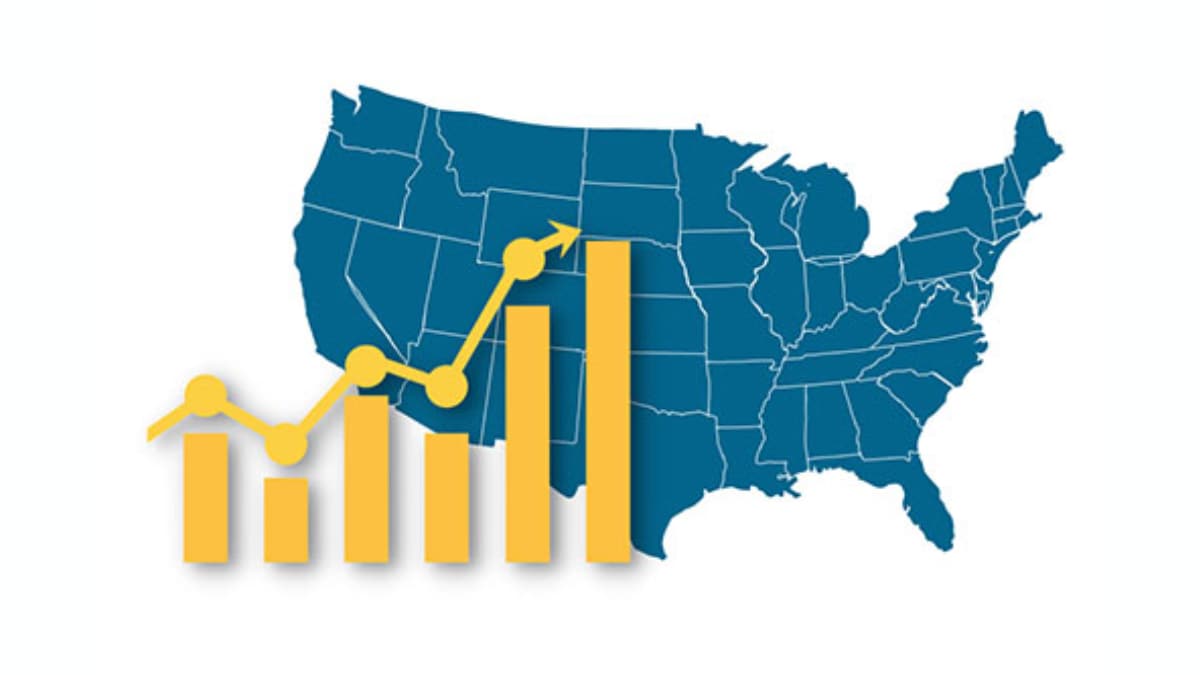Key points
- La Crosse virus disease (La Crosse) is a nationally notifiable condition.
- Cases are reported to CDC by state and territorial health departments using standard case definitions.

About La Crosse
La Crosse is a nationally notifiable condition. Cases are reported to CDC by state and local health departments using the national surveillance case definition. To ensure standardization of reporting across the country, CDC recommends that the national surveillance case definition (standardized reporting criteria) be consistently applied by all state health departments.
In the United States, 30-90 La Crosse neuroinvasive disease cases are reported each year. There is substantial under-diagnosis and under-reporting of less severe cases of La Crosse; therefore, reported La Crosse neuroinvasive disease cases are used to compare trends over time and place.
La Crosse cases occur primarily from late spring through early fall, but in subtropical endemic areas (e.g., the Gulf states), cases can occur in winter as long as mosquitoes are active. Historically, most cases of La Crosse neuroinvasive disease were reported from the upper Midwestern states (Ohio, Wisconsin, Minnesota, Indiana, Illinois, and Iowa). Recently, more cases have been reported from northeastern, mid-Atlantic and southeastern states (North Carolina, Tennessee, West Virginia, Georgia, Virginia, Kentucky, and Rhode Island).
Anyone in an area where La Crosse virus is circulating can get infected with the virus. The risk is highest for people who live, work, or recreate in woodland habitats, because of greater exposure to potentially infected mosquitoes.
